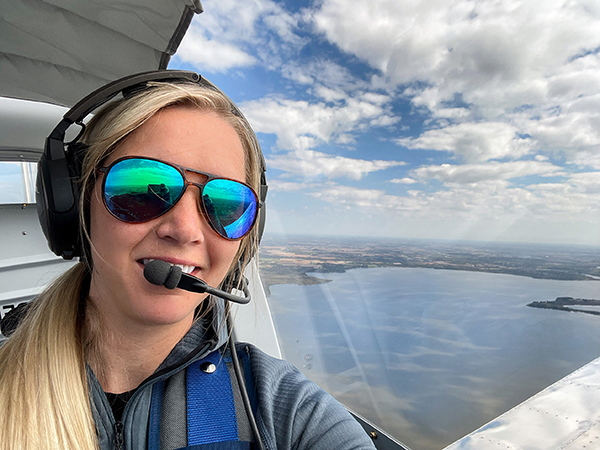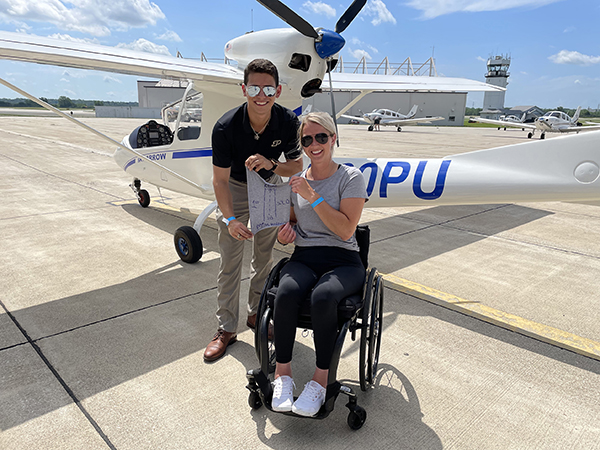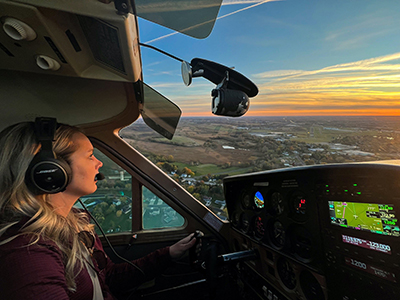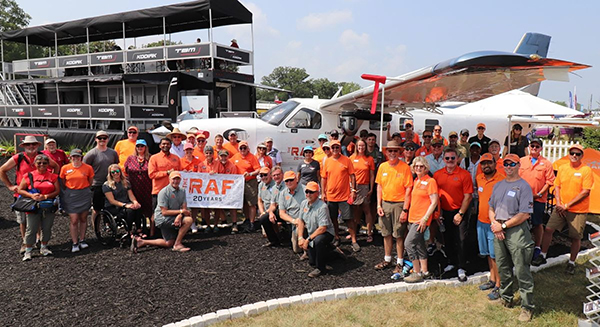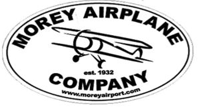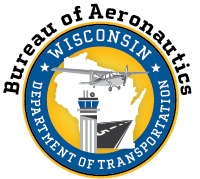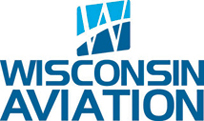by Pete Schoeninger
© Copyright 2024. All rights reserved!
Published in Midwest Flyer Magazine February/March 2024 Digital Issue
Q) I intend to purchase a Cessna 182, and have been warned about the cost of occasional fuel tank replacements. Can you comment? Can fuel cells be repaired at lesser cost than replacement?
A) Older Cessna 182s have “fuel bladders,” rather than aluminum fuel tanks found in newer Cessna 182s and other Cessna models. Some bladders can be repaired for perhaps half the cost of a replacement, but it’s usually not worth it. A repaired fuel bladder may soon have other issues, and the labor cost of removing, and reinstalling a repaired bladder, or a new replacement, is about the same – 8 to 10 hours. To get up to date pricing information, I contacted Eagle Fuel Cells in Eagle River, Wisconsin (www.EagleFuelCells.com). A new fuel bladder is around $1,600. The price will vary a little depending on size.
Q) Can you tell me why you say middle-aged Cessna 182s can cost lots more to operate than say a Cessna 172?
A) A middle-aged Cessna 182 carries more, goes faster, further, climbs better, and has more room in the interior than a similar aged Cessna 172. But it is not a free lunch! The engine difference probably adds the most expense. In my experience, the 230 HP engine in a middle-aged 182, will probably need cylinder work at 800 hours or so. If all cylinders are done at one time, that can cost between $5,000 to $12,000. Further adding to engine expense, the 230 HP engine in earlier 182s is rated at 500 hours less time between overhauls than the 150/160 HP Cessna 172 engine of the same vintage, and there are two more cylinders to overhaul. The 182 has a constant speed prop which occasionally needs overhaul or replacement vs the stone simple fixed pitch prop on a 172. Overhaul of the prop and hub can get into the thousands of dollars and replacement may approach $10K or so. And that extra 70 – 80 HP the 182 offers, consumes maybe 4 gallons of gas per hour more to move the airplane 20 mph or so faster than the 172.
All discussions about middle-aged Cessna 182s should cover carb ice. Please review the excellent article by Richard Morey in the Dec/Jan 2024 issue of Midwest Flyer Magazine.
Cessna 182 owners should also consider installing (if not already equipped) a carburetor ice temperature gauge. They are available for a couple hundred bucks plus installation. For a few hundred dollars more, you can get a gauge with an “ice detector.”
Q) Do you still think the 150/160 HP Piper Warrior is a good buy, compared to a similar vintage Cessna 172?
A) Yes! While their overall performance is similar, you might find a Warrior with similar airframe times, engine times, equipment, and overall condition for $25,000 less than a comparable 172.
Q) An “Old Boy” told me to beware of turns when flying downwind. Why in the world would he say that?
A) In the “Old Days” people learned to fly in pretty slow airplanes, like J-3 Piper Cubs. Those airplanes would cruise around 75 mph and stall at around 40 mph. When flying with a 25-mph wind and you slow your airplane to 50 mph, your groundspeed will be about 75 mph, which can give the illusion when looking at the ground going by that you have plenty of excess airspeed to horse the airplane around into a quick, steep turn. When people try that, they sometimes will meet their demise.
Q) What do you hear about the current airplane market?
A) Well, it’s sort of like real estate right now. There may be minor price reductions in asking prices, and buyers may not have to commit to buy right now to beat the rush of other buyers. But the conditions of little inventory remain, and interest rate reductions will be welcomed by buyers and airplane salesmen everywhere, even though fewer airplanes are financed than home purchases.
Q) A buddy of mine owns a Cessna 185. He loves it, but says it is getting a little old, and wonders if Cessna might ever start building 180s or 185s again, or for that matter, other models? I ask because you used to know a few of the big shots at Cessna.
A) My contacts at Cessna are all retired, just like me…but let me mention a few things. In my opinion, Cessna will not resume production of any single-engine aircraft. The sale numbers are not there to pay for new tooling, training, etc., which may be required to resume production of any new model with probable sale numbers of well under 100 per year. That’s a sad statement, but true I feel.
Q) I am a car mechanic at a high-end car dealership. I am also taking flying lessons in a Cessna 152 at our local airport. I am astonished at the difference in technology in the engines I work on, and the engine in that little Cessna. Why aren’t there more modern engines in airplanes…engines that do not need preheating to start, engines that do not develop carb ice, engines that are designed for modern fuels like car gas with ethanol and diesel, engines that do not need manual priming to start, etc.?
A) In fairness, your Cessna 152, and its engine, is at least 40 years old. Cessnas current smallest airplane used for training is the 172, which now has fuel injection, eliminating carb ice. But it is still way behind car and motorcycle technology of today in my opinion. The problem is a lack of possible sales to pay for the massive costs (many millions) of a clean sheet engine design. I don’t see how anyone could spend say $10 million on a new piston engine and ever get it back selling only a few dozen a year.
Q) Last fall, I bought a used Piper Arrow 3 from a friend. A job change has sent me 500 miles away from our old home base airport. The Arrow is due for an annual inspection very soon. I have called nearby airports shopping for the best price for an annual inspection. When I tell them I am a new guy in the area and am looking for an economical annual inspection, I feel I am getting the cold shoulder. Why?
A) Rather than look for the cheapest annual inspection, may I suggest instead you look for a long-term relationship with a reliable maintenance shop. DON’T treat them as an adversary! Almost any aircraft mechanic could go downtown and make more money working on cars or motorcycles. Most airplane mechanics love aviation, and are dedicated to providing safe maintenance for you, the airplane owner. Find a good shop, and stick with them, just like a good family medical doctor. Your first concern should be a quality inspection, not a cheap job!
EDITOR’S NOTE: Pete Schoeninger is a 40-year general aviation veteran, starting out as a line technician as a teenager, advancing through the ranks to become the co-owner and manager of a fixed base operation, and manager of an airport in a major metropolitan community. Pete welcomes questions and comments about aircraft ownership via email at PeterSchoeningerLLC@gmail.com
DISCLAIMER: The information contained in this column is the expressed opinion of the author. Readers are urged to seek the advice of others, including flight instructors, licensed aircraft technicians, airport managers, fixed base operators, and state and federal officials. Neither the author, Midwest Flyer Magazine, Flyer Publications, Inc., their staffs, employees or advertisers assume any liability for the accuracy or content of this column or any other column or article in this publication.








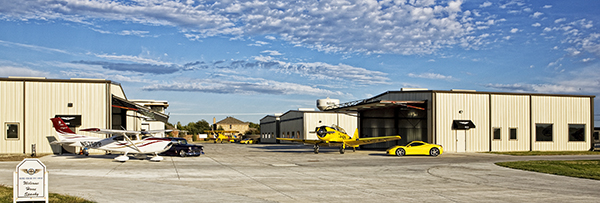

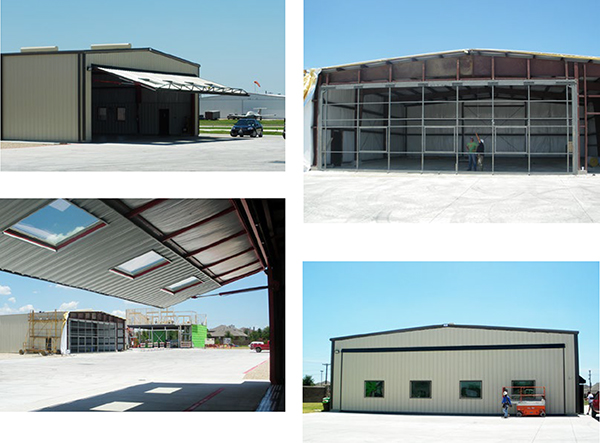

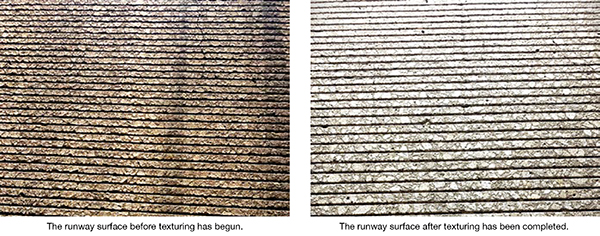
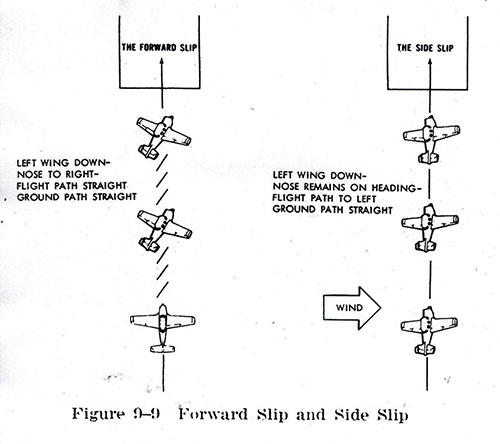
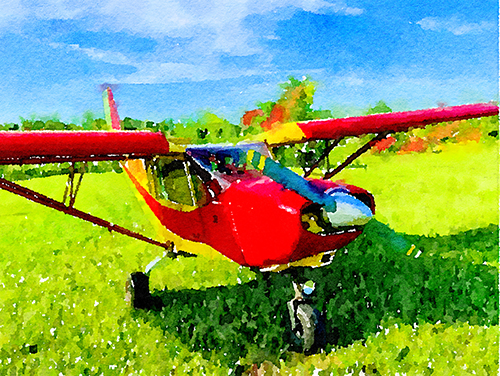 by Dean Zakos
by Dean Zakos